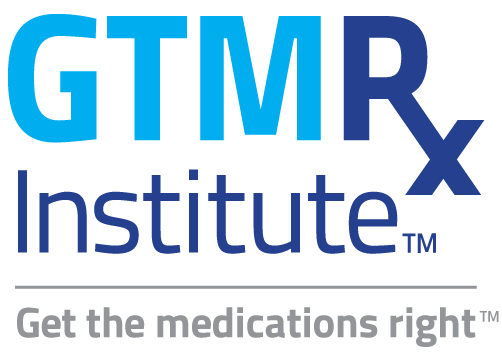Practice Transformation
The percentage of Americans who take any prescription drug has dropped slightly, according to new numbers from the Centers for Disease Control and Prevention. The researchers say the slight drop—from 48.3% to 45.8%–may represent a “decline in the use of inappropriate or ineffective therapies.” Prescription drug use varies by gender and age; while boys are more likely to take prescriptions than girls when they’re under age 12, adult women are more likely to take them than men. (HealthDay; CDC Data Brief)
Amazon’s acquisition of online pharmacy PillPack may be a market-share threat for the pharmacy benefit management industry, but it has yet to overcome the same hurdles other players face before it can truly streamline the consumer medication management experience. Getting the medicine delivered in 24 hours in convenient packaging doesn’t mean PillPack has conquered the siloed medication landscape of physicians, health plans and electronic medical records systems that complicate the system. At this time, improving dispensing speed and convenience appears to remain PillPack’s core business. (CNBC)
Evidence & Innovation
Bryan Olson was diagnosed with “super aggressive” prostate cancer in 2014. Despite standard-of-care treatment, his cancer continued to grow. As an Intel employee he worked his way into the company’s precision medicine initiative and learned that his genes could hold the cure. After asking his pathologist to “sequence me,” he found a clinical trial that addressed his cancer, and now he’s an advocate for other patients. Cancer patients can see his sequenceme.org site for tools to ask their doctors for precision medicine options. (HealthcareITNews video)
Stanford researcher Michael Snyder aimed a “carpet bomb” of genetic tests at 108 willing subjects over three years and discovered illnesses such as diabetes, heart disease and even lymphoma can be diagnosed in very different ways—and much earlier—if baseline health is understood through genetic and biometric testing on the front end. Snyder gene sequenced his subjects and then tested them every three months (some also wore monitors) to track variations in the baseline data. Critics say these “deep profiles” raise patient anxiety and are too costly. But one commentator notes that 80% made lifestyle changes to counteract newly discovered illness, and 68% discussed findings with their physicians. (The New York Times; American Council on Science and Health commentary)
Policy Solutions
Earlier this month, the Food and Drug Administration finalized rules around what it takes for a biosimilar—a non-branded version of a biologic medication—to be considered “interchangeable” with the name-brand product it copies. That’s a big step toward greater adoption of biosimilars among doctors and could spur development of more biosimilars, analysts note. Fewer than a dozen biosimilars are available to patients in the U.S., although greater numbers are available to patients abroad. (Axios)
It’s estimated that the medication taken by half of arthritis patients is ineffective for them; the percentage climbs to 70 percent of patients taking medication for Alzheimer’s disease. But the testing, regulation and reimbursement for the genetic testing required to pinpoint the right drug for the right person hasn’t caught up with the science of precision medicine. Slowly, though, the trend is shifting. “What started as a ‘disruptive revolution’ is moving closer to ‘a slower evolution’ into mainstream adoption,” says Assaf Halevy, CEO and founder of 2bPrecise, a precision medicine data platform aimed at physician practices. (Healthcare Finance)

